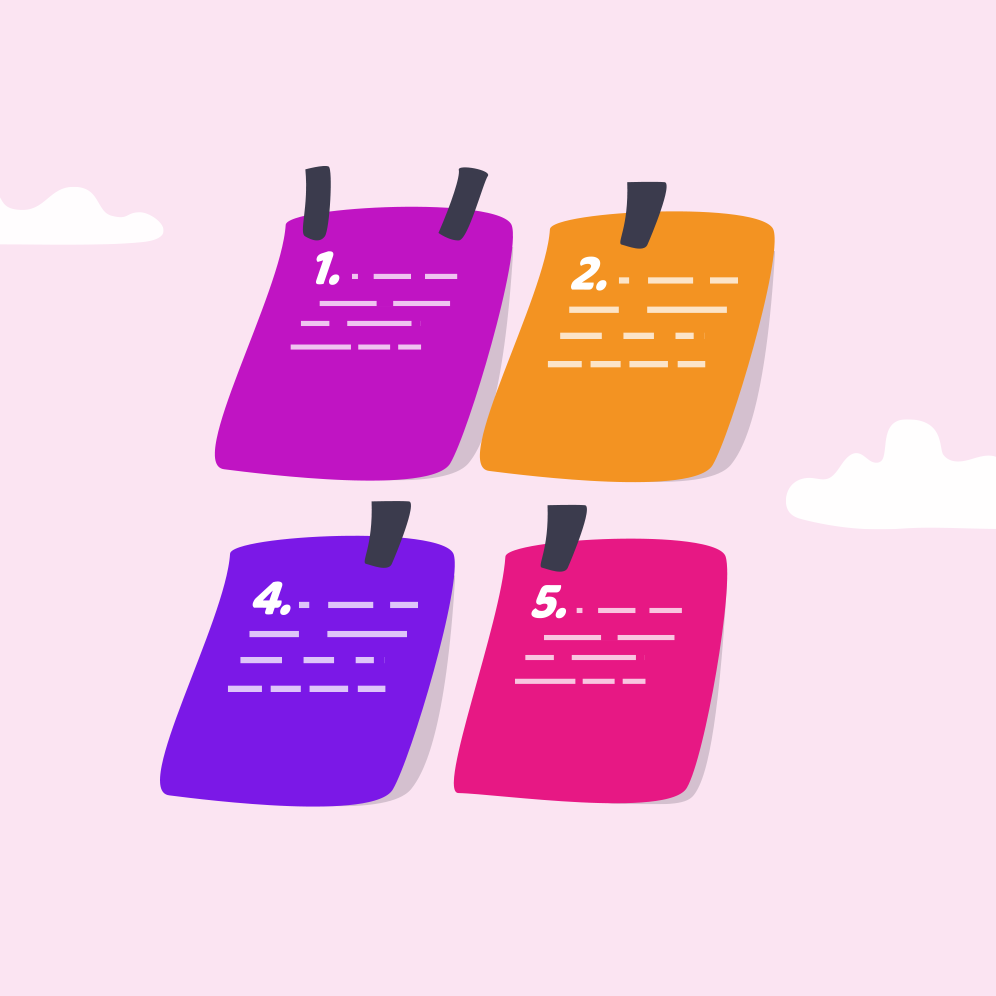
The announcement of the end of support for the Atlassian Server deployment option has led customers to consider migrating to Cloud or Data Center. In the case of the migration to Atlassian Cloud, once we understood its requirements and migration phases, it's the moment to build the project planning: specific steps, estimated timelines, dependencies, and responsible parties for each task, and that's what we will go through on this blog post.
Once considered aspects such as user management, the evaluation of functionalities of the Cloud plans, the comparison of current apps to their Cloud versions, the study of the complexity of your existing instance compared to what you need in the Cloud, where are you going to host your data, which security protocols will you follow, and choosing which strategy will be adopted to migrate, it's time to develop the plan to migrate to Atlassian Cloud successfully.
Learn about some Atlassian Cloud data migration strategies and methods >>
Atlassian has a couple of free Marketplace apps to help you migrate to the Cloud. These are Jira Cloud Migration Assistant, Jira Cloud Site Import, Jira Cloud CSV Import, or Merge in Jira Server, where each of them has different approaches to suit your migration needs. There are also other perspectives for Confluence and Bitbucket.
These wizards will help you move projects, content, users, and groups from Server or Data Center to Cloud without disrupting your team. These apps will even help you evaluate the Atlassian Marketplace apps you currently have on Server and the availability of their features parity in the cloud.
In addition, there are free Cloud Migration Trials (formerly known as Cloud Trials): these trials enable the evaluation, the creation of proofs of concept, tests, and, finally, to migrate. It's also quite helpful to calculate users and the duration of the remaining maintenance time left for the Server or Data Center subscription (up to 12 months). This way, you won't pay twice for the licenses during the migration process.
Learn how to migrate to Atlassian Cloud with an expired Server license >>
Besides activating a free Cloud Migration Trial, we suggest downloading the wizards as part of your first steps. In future editions, we'll share more details about these apps. Also, find more information in the Atlassian documentation or contact us if you need further assistance.
Atlassian has identified six common steps during a cloud migration process, and it's very likely that you're already going through some of them.

Six common steps when migrating to Atlassian Cloud.
It's important to remember that migrating to the cloud isn't always a linear process. These phases mentioned above are intended to provide a flexible structure to make you aware you're walking in the right direction:
The cloud migration phases provide a high-level overview to help you stay ahead of the curve of your planning. Each phase presents several key tasks and objectives that must be completed before proceeding. Remember, each organization's cloud migration journey is unique: there's no one-size-fits-all template.
During the consecution of tasks and objectives to be accomplished in each of these phases, it's crucial to answer the following questions:
Once the migration is accomplished, the process doesn't end there. Let's fast forward to the future and think about the day the cloud migration is completed. Now what? What's next? Since the migration process is extensive and continues after completion, it's good to talk about it and learn best practices and tips on managing Atlassian Cloud products after the migration.
The first step should focus on creating a cloud management team, which implies, at least partly, the opportunity to inherit specific roles, as some jobs that were once niche jobs are now critical to solving new challenges in the cloud. Other positions remain essentially the same but with extended responsibilities.
Atlassian Cloud products are constantly updated with security and functionality enhancements; this happens automatically. Therefore, staying on top of all these changes, what features, and updates are in the pipeline, and understanding how they will affect end users is the priority rather than the physical infrastructure. While this change represents an investment of time and people's skills, it generally requires less time than managing Server or Data Center products.
The correct answer comes after determining the complexity of your migration. It's advisable to hire a Solution Partner if you're not sure. Taking this action can make a difference. Based on our experience working with several customers, both large and medium-sized companies, migrating from Server or Data Center to Cloud it's the smartest thing to do.
Working with qualified experts in planning and executing the finer details of cloud migration is an unparalleled benefit. If you're not sure, here is a checklist to help you determine whether to seek the help of an Atlassian Solution Partner or not:
If your answers have been a "Yes" to most of these questions, chances are you need specialized help from Atlassian. The truth is that no cloud migration journey is unique for everyone, and you don't have to worry because you're not alone in this. At DEISER, we offer end-to-end migration services. We create custom packages suited to your company's needs.

Trust our expertise! We assist you in assessing, planning, and executing your Atlassian Cloud migration, allowing you to focus on your work and, as a result, achieve better outcomes.
Find out everything you need to know about this process, which you must undertake before February 2024, and discover all the benefits you'll gain by doing it. Click the button below and get more information:
These Stories on Atlassian
Comments (1)